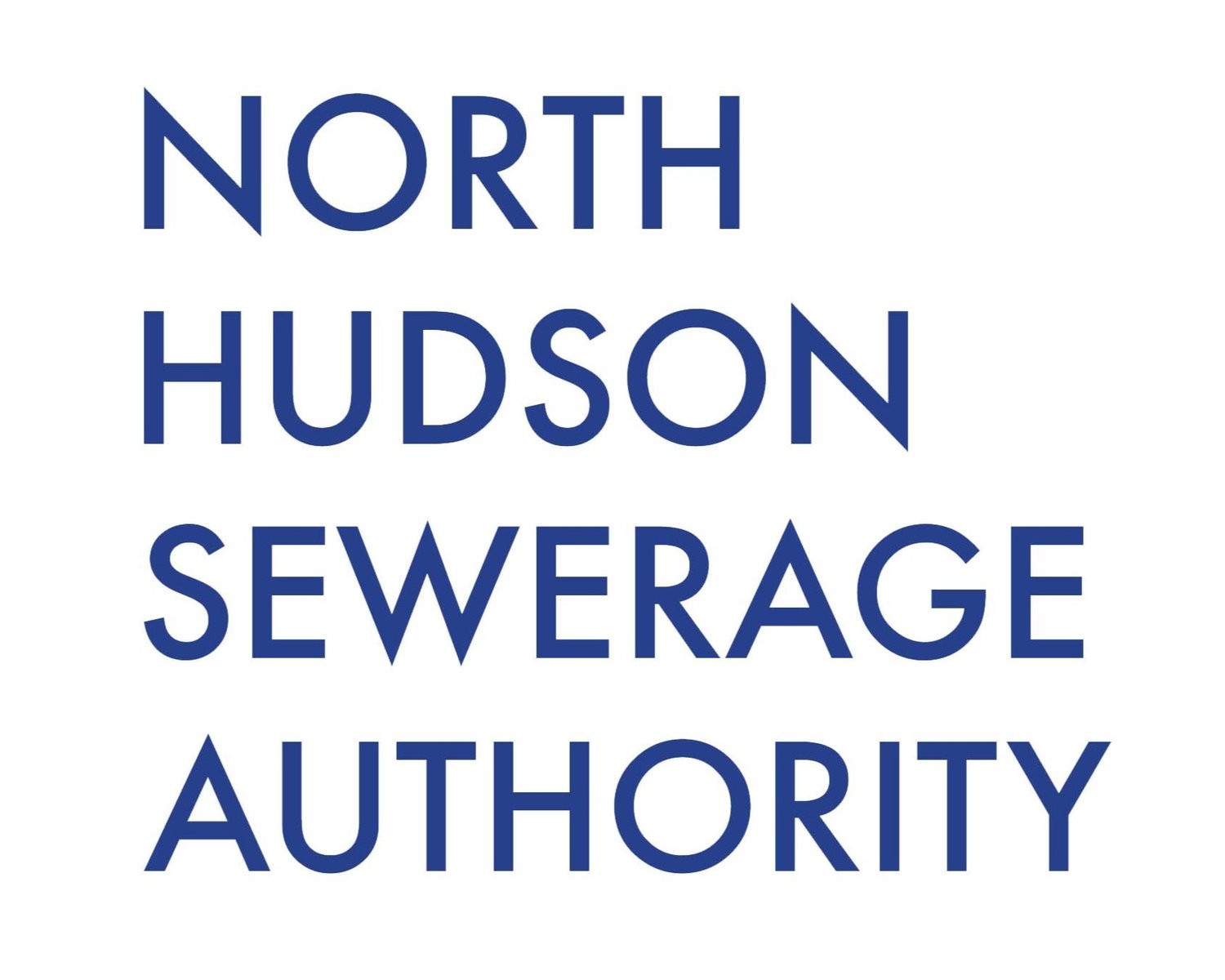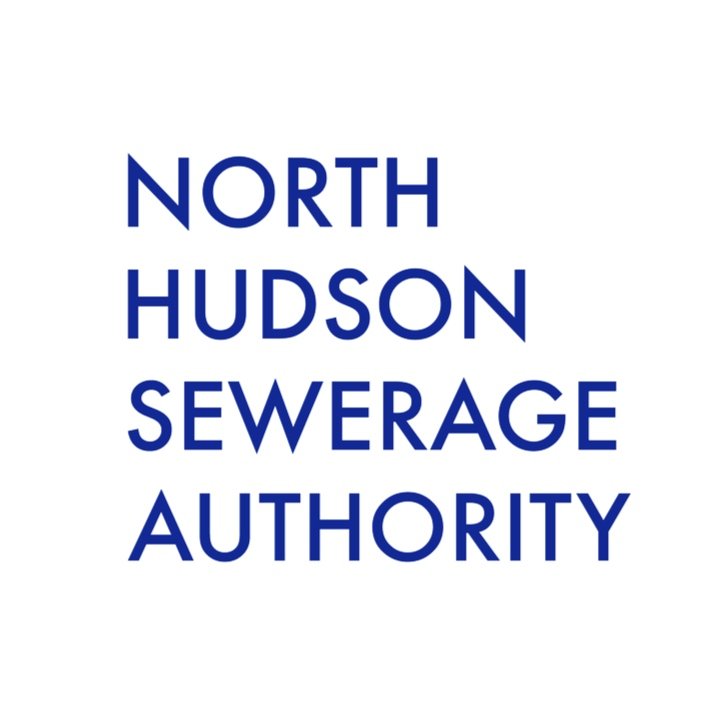the North Hudson Sewerage Authority
Mission
The North Hudson Sewerage Authority is driven by a core mission: to protect local waterways and efficiently manage a regional wastewater treatment system for our community.
We are dedicated to maintaining the highest standards of performance. To achieve this, we cultivate an innovative culture within our organization, prioritizing productivity and ingenuity. By fostering a culture of excellence, we hold ourselves accountable to manage our operations efficiently, fulfill our obligations with integrity, and uphold the highest ethical standards across our organization.
As stewards of one of the world's most prominent waterways, the Hudson River, we recognize our paramount responsibility to preserve and safeguard it for future generations.
NHSA System
Services:
- Hoboken, Weehawken, West New York, and Union City
NHSA Infrastructure Includes:
- Adams Street Wastewater Treatment Plant (WWTP): 20 million gallons per day (MGD) = 90,022 m3/day
- River Road WWTP: 10 MGD = 45,461 m3/day
- 16 Combined Sewer Overflow (CSO) Regulators (update)
- 10 CSO Outfalls 9 (update)
- 10 Pump Stations (update)
- 107 miles (172 km) of combined sewers (including interceptors, siphons and force mains)
NHSA History - Establishment
•The rise of the shipping industry in the 1870 played a large role in Hoboken’s development in the late nineteenth and early twentieth centuries.
•Hoboken’s piers were commandeered for troop shipments as the US entered World War I in 1917.
•After the war the piers were very much underutilized.
•The waterfront became busy again during World War II, but died off once again after the war ended.
•Picture shows Hoboken and Weehawken in 1958
•1985 – Sewer Ban put into effect
•1988 – Tri-City Sewerage Authority established
•1989 - The Authority privatizes operations, hires CH2M HILL OMI (Now Jacobs)
NHSA History - Enabling the Development of the Gold Coast
•The rise of the shipping industry in the 1870 played a large role in Hoboken’s development in the late nineteenth and early twentieth centuries.
•Hoboken’s piers were commandeered for troop shipments as the US entered World War I in 1917.
•After the war the piers were very much underutilized.
•The waterfront became busy again during World War II, but died off once again after the war ended.
•Picture shows Hoboken and Weehawken in 1958
NHSA Today
NHSA is one of the largest wastewater entities in the State, serving a population of over 150,000
We are the only wastewater authority in the state that owns their treatment plants, a collection system, CSO outfalls, and retail billing
Pride in Maintenance
Since 2006, NHSA has spent over $112 Million on Capital Improvement Projects.
Current ongoing Capital Improvement Projects Include:
Sewer Lining and rehab throughout the system
W1234 Outfall Rehabilitation and Solids / Floatables Facility
Treatment Plant Upgrades – PURAC Rehab, and River Road Boiler Replacement
NHSA History - Expansion
•1993 – Adams Street WWTP is opened
•1994 – Sewer Ban is lifted
•1996 - The Authority acquired the West New York Municipal Authority, and changed their name from Tri-City to The North Hudson Sewerage Authority.
Executive Director's Message
Since its inception in 1988, the Authority has undertaken a broad array of important, and sometimes ground breaking, initiatives. We rebuilt a major wastewater treatment plant, one of the first in New Jersey to produce fertilizers for farms and gardens. We were the first wastewater authority in the State to privatize our operations, providing better service, more cost-effectively to our service area.
Our abililty to bring into, and maintain, compliance with EPA clean water mandates resulted in the lifting of a federal sewer ban in 1994, enabling a virtual economic renaissance of our Hudson River waterfronts. We completed in 1996 New Jersey's first major regionalization of wastewater systems when we acquired the West New York treatment plant and collection system, quickly bringing that failing system into environmental compliance.
In recent years, we have completely rehabilitated our aged collection system, replacing most of the Civil War era wooden sewer lines throughout our system. We have begun to address the persistent, 200 year-old flooding problems in Hoboken which cause major street inundations during heavy rain events in areas of the city that are below sea level.
At the same time, we strive to operate our business as efficiently and cost-effectively as possible. Over the last decade, our staff costs, as a percentage of revenue, remain among the lowest in the State, between 1.7 and 2.0 percent. The privitization of our operations, which enable the Authority to take advantage of international best practices and economies of scale, has increased efficiency and lowered costs, while maintaining our over-riding commitment to the environment.
The Authority's most significant challenge is managing our system, with all its capital needs and environmental requirements, in the face of minimal State and Federal financial support. Consequently, debt management and fiscal acumen are key elements to the financial success of the organization. We are keenly aware that the lion's share of the expense of operating our systems falls upon our ratepayers. This recognition drives our commitment to running a lean, focused business.
In the end, the Authority's Board of Commissioners, staff, and private operators are well aware of our responsibilities to our many stakeholders and their interests: our customers and ratepayers, who expect us to operate an efficient and cost-effective business; our communities, that expect us to continue to protect the environment of the Hudson River; our bondholders, who have invested in a well-run and maintained system; and our employees, upon whom our success ultimately depends.
– Dr. Richard Wolff, Executive Director



